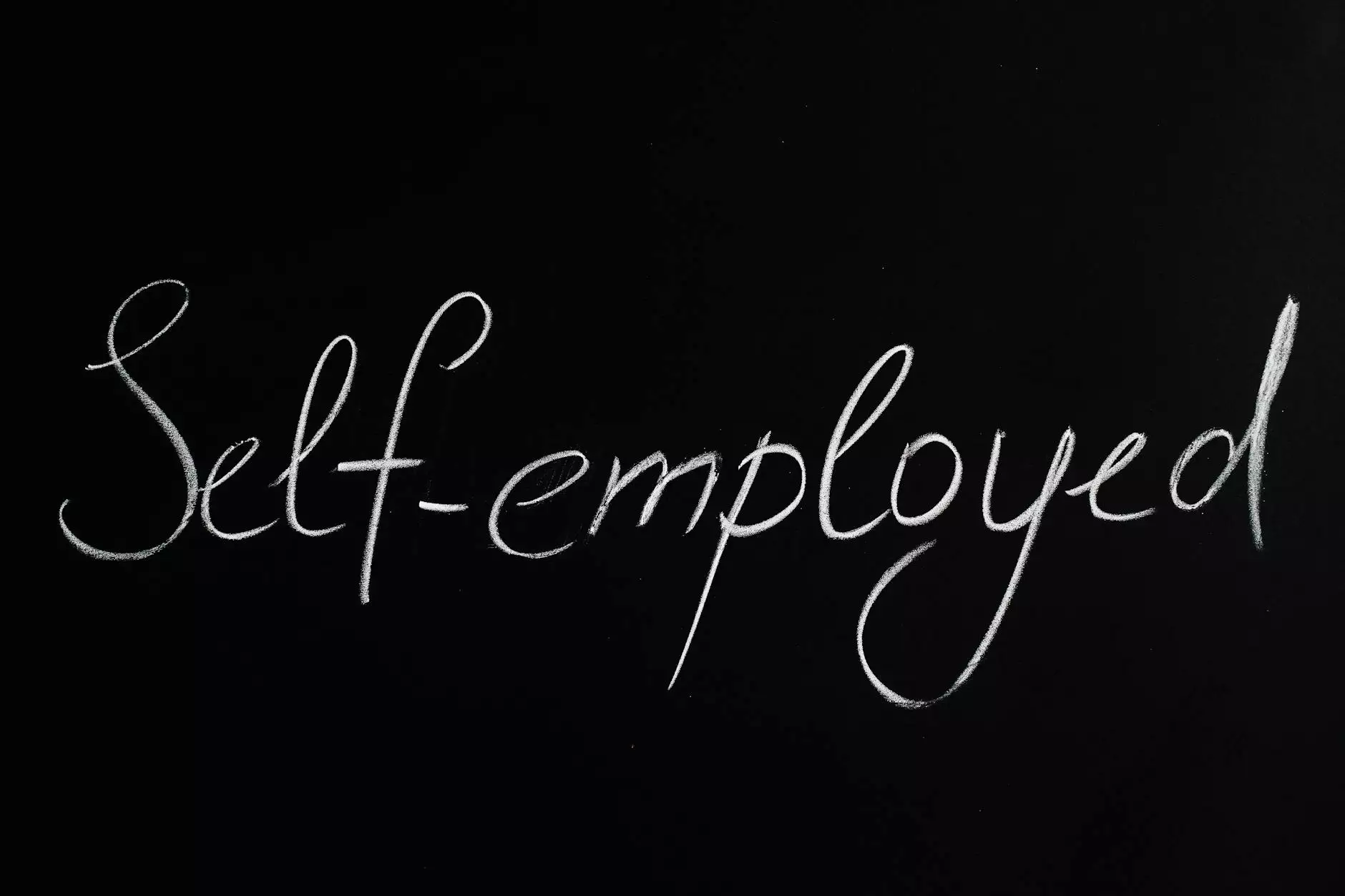582 – 5 Ways To Use BE GOING TO
English Grammar Lessons
Welcome to NJCLT, your go-to resource for mastering the English language. In this article, we will explore five powerful ways to use the BE GOING TO structure, an essential aspect of English grammar.
1. Talking About Future Plans
One of the primary uses of BE GOING TO is to express future plans and intentions. Whether you are discussing personal goals or professional aspirations, this structure allows you to communicate your intentions clearly and effectively.
For instance, imagine you have always dreamt of starting your own business. By using BE GOING TO, you can confidently say, "I am going to start my own company next year." This not only conveys your future plans but also adds a sense of determination and commitment to your words.
2. Predicting Future Events
Another valuable application of BE GOING TO is to make predictions about future events based on present evidence or circumstances. This structure allows you to express your expectations and opinions about future outcomes.
For example, suppose you notice dark clouds gathering in the sky. You can confidently say, "It looks like it's going to rain soon." Here, BE GOING TO captures your prediction of a future event based on the visible evidence of the dark clouds.
3. Expressing Intentions
BE GOING TO can also be used to express intentions or actions that are about to happen in the near future. It conveys a sense of determination and commitment to carry out a specific task or activity.
Let's say you are meeting a friend for dinner later in the evening. You can express your intention by saying, "I am going to cook a delicious meal for my friend tonight." This clearly communicates your plan of action and creates anticipation for the enjoyable meal to come.
4. Indicating Future Predictions based on Evidence
When you want to make a prediction about the future based on present evidence, BE GOING TO is the perfect structure to use. It allows you to highlight the connection between the current situation and the expected outcome.
For instance, imagine you see your neighbor carrying heavy boxes into their house. You can use BE GOING TO to predict their future action, such as, "They are going to move to a new place soon." This prediction is based on the evidence of the neighbor's actions.
5. Making Offers and Promises
BE GOING TO is also used to make offers and promises for future actions. It adds sincerity and commitment to your words, ensuring that your intentions are conveyed clearly.
Suppose a friend shares their desire to learn a new language, and you want to help them. You can say, "I am going to teach you Spanish next month." This displays your willingness to assist and emphasizes your commitment to delivering on your promise.
Conclusion
In conclusion, mastering the BE GOING TO structure opens up a world of possibilities in English communication. By understanding and utilizing the various applications of this grammar point, you can express future plans, make predictions, indicate intentions, and make offers with confidence and precision.
At NJCLT, we aim to provide you with comprehensive language strategies to enhance your English proficiency. Whether you're a beginner or an advanced learner, our resources and guidance will help you navigate the intricacies of English grammar.
So, what are you waiting for? Start incorporating BE GOING TO into your everyday conversations and witness the impact it has on your language skills. Stay tuned for more insightful articles and tutorials from NJCLT!










